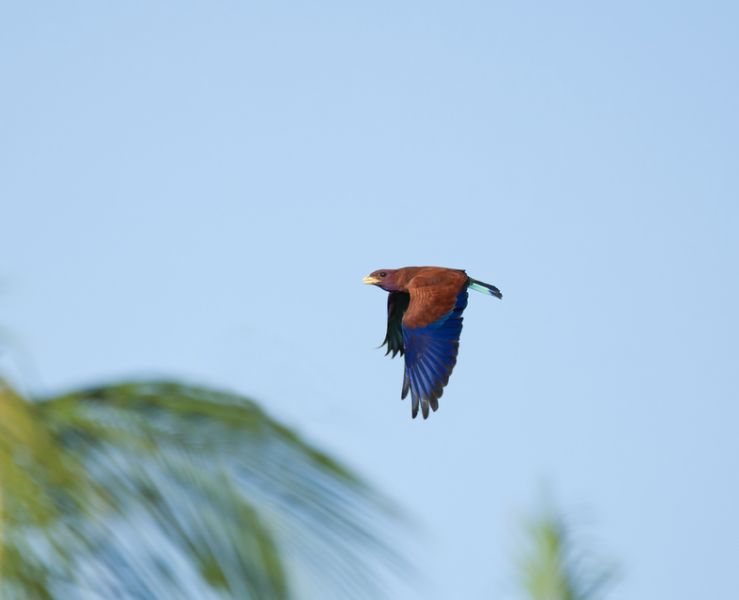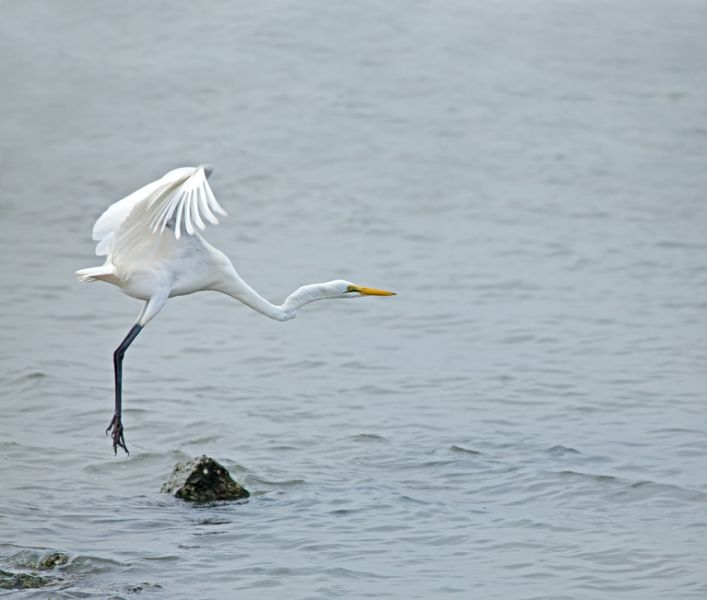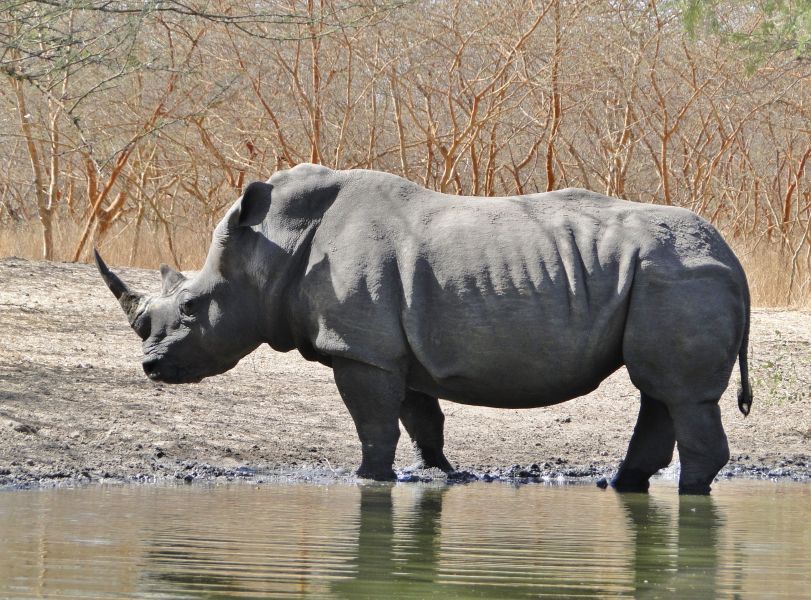Alan, G4DJX will be active as C5DX from Gambia, 14 - 21 February 2025.
They will operate on 40 - 10m CW, using 100 watts and OCF antenna.
Recent DX Spots C5DX
QSL via LOTW.
Information from G4DJX:
The call C5DX has been granted as part of a school trip to the Gambia.
A party of 18 sixth form students and 3 staff from Sandringham School in St. Albans will visit their partner school Farafenni Senior Secondary High. The two schools have worked in partnership for 10 years and Farafenni High is now one of the highest achieving rural schools in The Gambia.
Part of the visit is to see the progress of a major extension to the school library to create a dedicated learning space for students to use in and out of school hours. This has been achieved from fund raising at Sandringham School, St. Albans.
Headteacher Alan Gray G4DJX is part of this group and will lead the DXpedition aspect to the trip. He will operate mainly CW.
Anyone who is licensed and interested in teaching at Sandringham should contact Alan G4DJX directly. He needs some help!
The Gambia - how much is in that word
Geography
The Republic of Gambia is the smallest African state.
The country's territory is a strip of land about 400 km long and 20-25 km wide.
The heart of the republic is the river of the same name, dividing Gambia into two elongated coasts. In addition, in the west, the state is washed by the warm waters of the Atlantic Ocean.
Historical Background
The history of Gambia dates back to the second millennium BC, as evidenced by the traces of ancient human activity of this period, found by archaeologists on the territory of the modern republic.
Since 300 A.D. and the whole following millennium Gambia kept its independence and was a part of the West African Empire.
The Portuguese were the first Europeans to visit Gambia, and they were the first to encounter the wild Mandinka and Wolof tribes in these lands.
In the XVIII century, the French and the British fought for the rich gold deposits of the land, but the latter were nimbler, and Gambia became a British colony.
The dominance of the British in these lands did not last long - less than 20 years later Gambia became part of the Royal African Company.
In 1963, Gambia became a separate self-governing territory, two years later declared itself a constitutional monarchy and finally, in 1970, received the status of a presidential republic after a referendum.
Modern Gambia
One of the main contributors to the Gambian government coffers is tourism. More than 10,000 indigenous people work in this industry. Now the republic is in need of modernization of infrastructure, but this fact in no way prevents the annual huge influx of tourists from all over the world.
What is Gambia's attraction?
It would be strange if Gambia, with its centuries-old history, did not have unique attractions.
The diversity of museums in the republic is surprising:
- National Museum of Gambia - here you can get acquainted with the history, customs, traditions of the people of the republic, as well as see unique archaeological finds - household items and household management of ancient people, which are almost 4000 years old
- Ethnographic Museum in Kerr Batch - a place where tourists can get acquainted with the life of indigenous Gambians in colonial times. Here you can also “gaze” at the famous Stone Circles.
- Tandja Village Museum - here you can experience the pristine life of the indigenous people. Huts, house furnishings, craft installations, people in national costumes - everything is preserved in its primitive form. In the restaurant of the village you can taste national dishes and participate in traditional musical acts
These and other unique museums (Slavery Museum, Vassu Museum, etc.) will reveal the essence of life of the inhabitants and the whole inner world of the country.
Banjul is the tiny capital of The Gambia, the pride of the city is the Albert Market - one of the best in all of Africa. Banjul is also famous for a unique architectural structure called “Arch 22” - the largest tower of the republic, which offers an amazing view of the surrounding area....
Oyster Bay is a unique place that is home to thousands of species of migratory birds, many of which are rare and listed in the Red Book. Oyster is also famous for its mangrove forests.
It is worth paying attention to the botanical garden in Bakau, where you can meet representatives of the plant world unique to the Gambia, as well as the “crocodile pool”, which is home to a huge number of different species of reptiles.
National Parks “River Gambia”, “Niumi”, “Kiang West”, as well as the reserve “Abuko” - the most beautiful protected areas where the nature of the republic is presented in pristine condition.
What modern tourism can do without swimming in the sea and “bliss” on the warm sand? Bakau, Kotu, Kololi, Fajara - first-class resorts with well-equipped beaches and centers of water entertainment. Paradise on Earth.
Verdict
Gambia is a beautiful country with its own traditions, customs and mentality of the people. The natives are unusually friendly and helpful. Millions of tourists visit the republic every year, many not for the first time. Gambia attracts, beckons travelers from all over the world. Gambia is an amazing place worth visiting....




